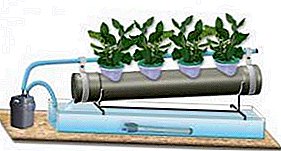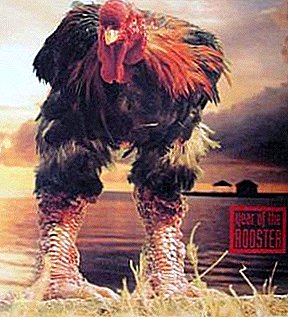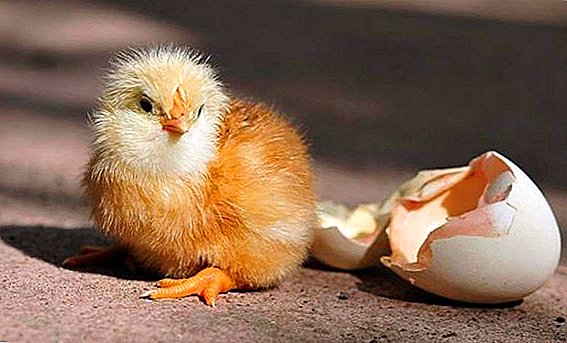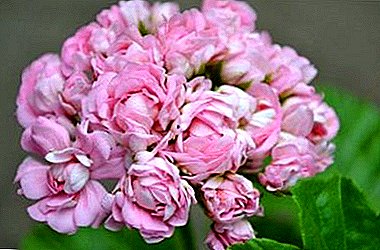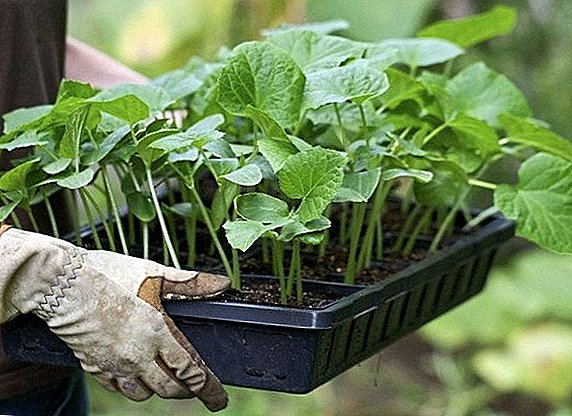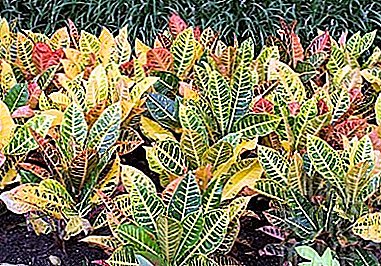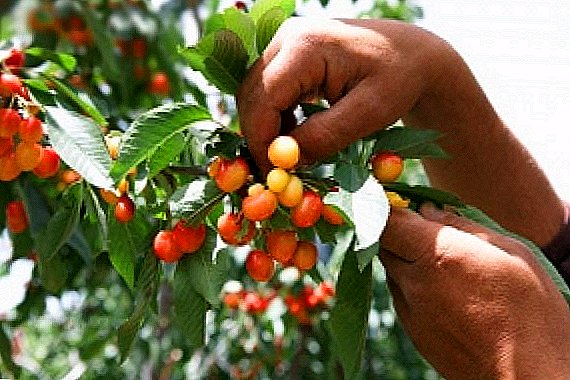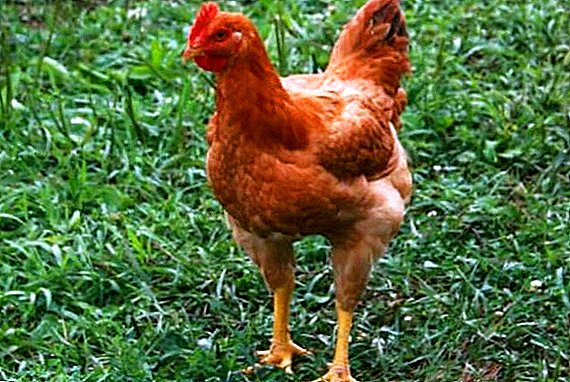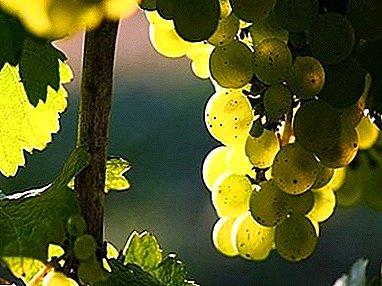
This vintage technical white grape has earned international recognition.
Sometimes it is called the "king of the vineyards". The wine obtained from it is distinguished by refinement, light and harmonious taste.
Grape Riesling variety description - characteristics, photos later in the article.
Riesling variety description
 Riesling belongs to the technical varieties of white grapes intended for the production of wine and juice. The same technical varieties belong to Alpha, Pinot Noir and Cabernet.
Riesling belongs to the technical varieties of white grapes intended for the production of wine and juice. The same technical varieties belong to Alpha, Pinot Noir and Cabernet.
Its morphological and biological qualities are characteristic of the ecological-geographical group of Western European varieties.
The mature annual vine has a light brown color, thickening at the nodes. Young shoots - with a small felt pubescence.
Leaf morphology:
- the shape of the leaf is round, the depth of the cut is average;
- the ends of the triangular blades;
- leaf surface is wrinkled;
- the young foliage has a bronze shade, mature - saturated green color, in the fall turns yellow;
- on the underside of the leaf is slightly pubescent, there are rare setae on the veins;
- upper cuts often closed, lyre-shaped;
- lower cuts are mild, open.
Voronkovidnye and rough leaves have characteristic convex lower veins, large wrinkles over the entire surface. Leaf stalks and unripe shoots are distinguished by their wine-red color.
Riesling flowers bisexual. After flowering, a small dense cluster of medium-sized greenish-yellow berries with a characteristic bluish bloom forms. The berries are soft, covered with thin skin. Typical for the variety is the presence of a large number of small brown dots on the fruit.
Moldova, the Count of Monte Cristo and Galben Nou also possess bisexual flowers.
Bushes Riesling varieties are strong-growing, with thin, slightly spreading shoots. The vine matures well.
Yield Riesling is low. But the desire to increase the crop by growing on more fertile soils leads to a significant reduction in the quality of the fruit.
Winter hardiness quite high. Due to the late blooming, grapes tolerate spring returns of cold. The dropping of flowers and fruits is big. The variety has a tendency to pea. The same sign is possessed by Muscat of Hamburg, the Transfiguration and Hadji Murat.
A photo



History of origin
For the first time this grape variety was mentioned in 1435 in the chronicles of the German city of Rüsselsheim. It is assumed that the progenitors of the variety were wild vine and one of the cultivated varieties.
Raised on the banks of the Rhine, whose surroundings are still abundantly planted with vineyards today, the Riesling soon spread to other regions.
Currently, two thirds of Riesling grapes are grown in Germany. Its landings are also widespread in Austria, the Czech Republic, Switzerland, Romania, the United States, Argentina and many other countries with a low-temperature climate, but a longer growing season.
Features of growing
 Riesling is one of the few varieties that do not require large amounts of heat during the growing season.
Riesling is one of the few varieties that do not require large amounts of heat during the growing season.
Moreover, when grown in a hot climate and fast ripening, the taste of the berries and the wine produced from them is inexpressive.
However, growing region should have a sufficiently long duration of the growing season, as the variety belongs to the late ones.
The grapes begin to ripen in September, and finally ripens only in November. Slow ripening in a cool climate most favorably affects the formation of a high-quality crop.
For cultivating the variety, calcareous, not very fertile soils are considered to be the best, stimulating fruits to accumulate mineral substances as much as possible. The grapes are quite demanding to provide moisture.
Regions of its cultivation are characterized by mild winters, so they grow grapes, as a rule, without shelter.
Vine form in two ways:
- when grown without shelter, they make a stem 1.2 meters high (cordon double shoulder, six fruit arrows);
- for covering cultivation, it uses the method of pinless four-sleeve shaping (sleeve length is about half a meter).
Reference:
- the growing season lasts 150-160 days;
- the required number of active temperatures is 2896 ° C.
Diseases and pests
Riesling has low stability bacterial cancer, prone to infection with oidium and gray mold. In wet years, additional treatments are required to combat these diseases. The degree of exposure to mildew is small.
Fruit Damage The grape mold fungus Botryscierea is considered highly desirable for this variety. Under the action of this fungus, the berries lose some of the moisture, which leads to an increase in the concentration of sugars and minerals in fruits.
In addition, the fungus itself adds a specific taste and aroma to the berries, enriching the bouquet of the future wine. It is no coincidence that such a mold is called "noble".
Of the pests, the greatest danger for this grape variety is phylloxera and grapeseed sapmans. When threatened with these pests, it is desirable to carry out preventive measures, since the subsequent control of insects is less effective.
Despite the low yield and susceptibility to some pests and diseases, the cultivation of the variety does not cause much difficulty. Besides he undemanding to the fertility of the soil and suffers little from mildew - the scourge of vineyards. Consumer interest in the variety has traditionally remained high for many years.
Watch a useful video:


